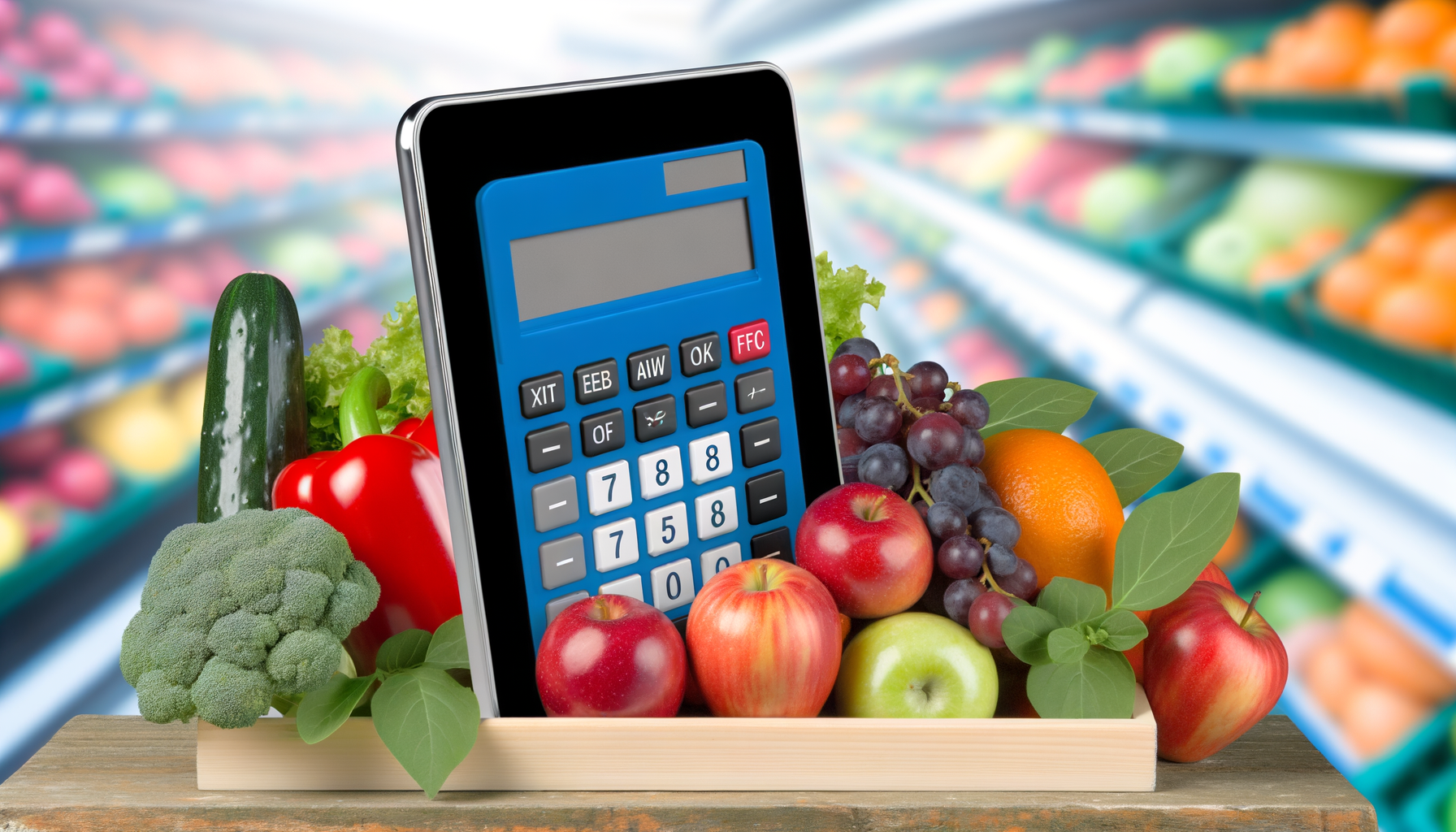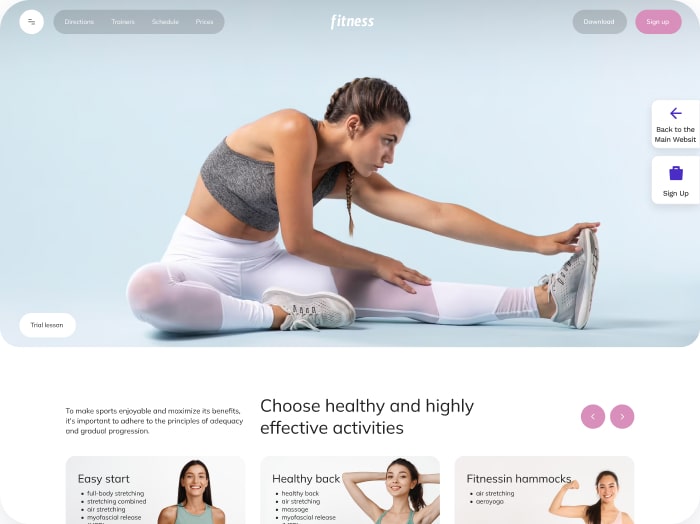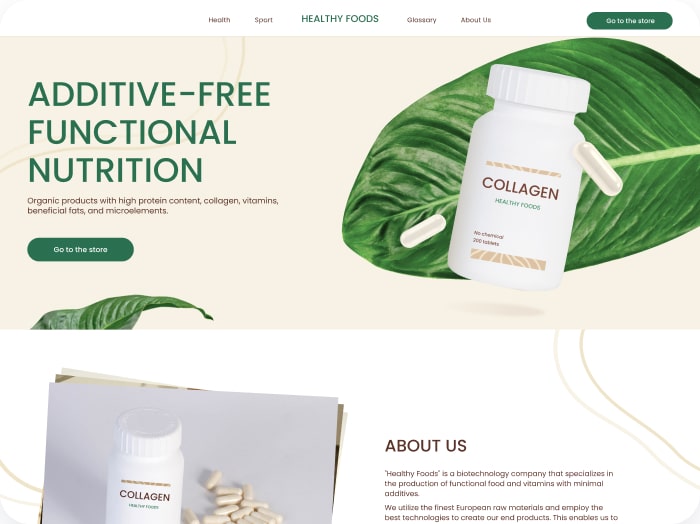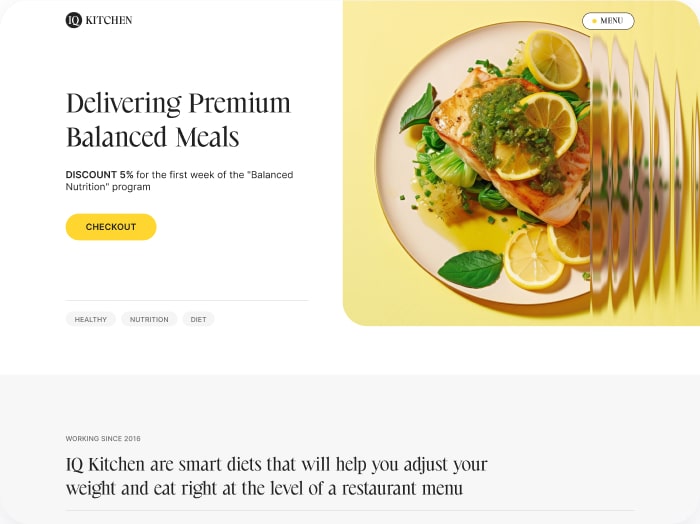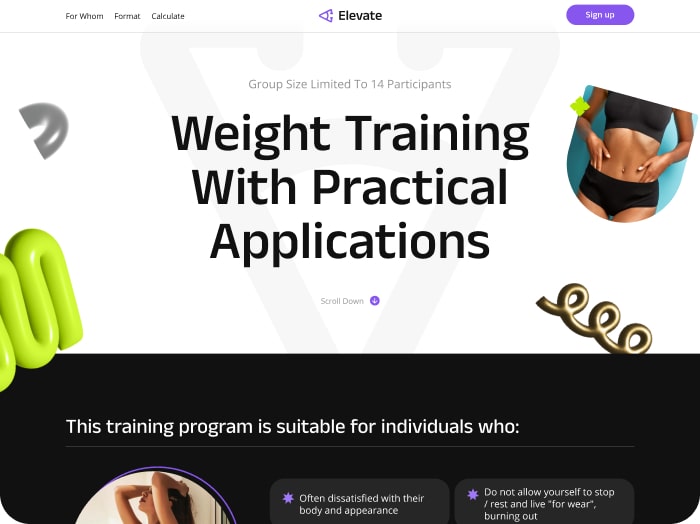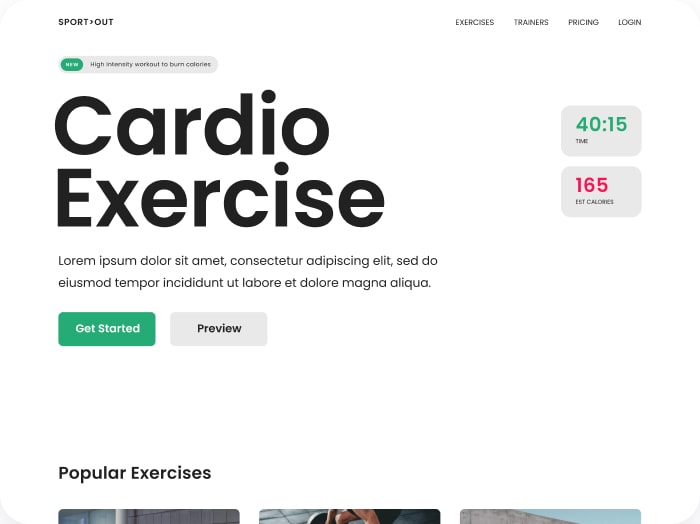Transforming Health E-Books with Interactive Calculators
In the flourishing landscape of digital health education, incorporating interactive tools such as calculators in health e-books is becoming essential to elevate reader engagement and deliver practical value. Integrating a calorie calculator for e-books and other personalized nutrition calculators transforms static content into dynamic, user-centric health resources that empower readers to take control of their wellness journeys.
The Role of Calculators in Health E-Books
Health e-books often provide invaluable information ranging from nutrition guidance to lifestyle recommendations. However, the challenge lies in converting this knowledge into actionable insights for readers. This is where health e-book tools like interactive calculators come into play. Calculators embedded within e-books offer readers custom, real-time computations based on their unique data, making the content personalized and applicable.
- Calorie Calculators: Estimating daily caloric needs helps readers create tailored meal plans and understand energy balance.
- Nutrition Calculators: Tools that assess macronutrient distribution, fiber intake, or sodium consumption add depth to dietary advice.
- Health Metrics Calculators: Including BMI, basal metabolic rate (BMR), or resting metabolic rate (RMR) calculators enriches readers’ understanding of their physiological status.
By including these calculators, authors not only retain readers longer but also encourage active participation, which increases the impact and memorability of health content.
Designing and Implementing Nutrition Calculators for Publications
Developing a nutrition calculator for publications such as e-books requires careful consideration of usability, accuracy, and seamless integration. Modern APIs like the Health Calculator API on GitHub offer comprehensive solutions that handle complex calculations including calorie needs, macronutrients, and cardiovascular metrics. Leveraging such APIs can significantly reduce development time while ensuring scientifically validated outputs.
Key aspects for building effective calculators for e-books include:
- User-friendly Interface: Simple input fields and readable results ensure accessibility to non-technical users.
- Customization: Allowing inputs such as age, weight, height, activity level enables accurate personalization.
- Data Privacy: Ensure calculators do not store or transmit personal data without consent, building reader trust.
- Visual Results: Incorporate charts or progress bars to visually represent caloric balance or nutrient intake, making data easier to interpret.
For implementing visually rich and interactive online health calculators, platforms like Outgrow detail principles and templates that can be adapted to public health content, demonstrating how logical input-output flows improve user experience.
Best Practices to Engage E-Book Readers with Calculators
Simply embedding a calculator is not enough. To truly engage e-book readers, authors must craft contextualized scenarios and actionable prompts around these tools:
- Case Studies & Examples: Include sample user profiles demonstrating how a calorie calculator guides meal planning or weight management decisions.
- Step-by-Step Instructions: Clear guidance on how to input data and interpret results reduces abandonment and improves trust in the tool.
- Cross-Linking: Link calculator results back to relevant chapters or recipes within the e-book, fostering integrative learning.
For example, a health e-book segment discussing macronutrient roles could provide a protein intake calculator next to meal suggestions, driving home the importance of personalized nutrition. Popular digital fitness resources such as MyFitnessPal successfully use this integration concept, maximizing user interaction through embedded tracking calculators.
Case Study: Applying Calorie Calculators to Optimize Reader Outcomes
Consider an e-book focused on weight management that integrates a calorie calculator. Readers input their age, gender, weight, height, and activity level, obtaining a personalized caloric target to maintain or lose weight. As readers progress, the e-book might guide them through creating meal plans or suggest physical activities calibrated to their calorie needs.
Such an approach mirrors successful initiatives like the Healthline calorie calculator, which personalizes recommendations and tracks progress. Studies have shown that tools that live within educational content dramatically improve adherence to health advice by making information actionable in real time.
Seamless Integration with Calorie Calculator Cloud
The Calorie Calculator Cloud platform exemplifies an ideal solution for e-book authors and health publishers who want to embed reliable calorie and nutrition calculators into their digital content. This cloud-based tool supports easy integration while offering a variety of calculators for multiple health metrics.
Advantages of using Calorie Calculator Cloud for health e-books include:
- Scalability for any e-book size and audience.
- Regular updates with the latest nutritional science for accuracy.
- Customization options to align with e-book themes and reader demographics.
- Support and pricing plans outlined on their Calorie Calculator Plans page that accommodate individual authors to larger publishers.
These features ensure that health content creators can focus on quality writing while embedding dynamic calculators that enhance reader satisfaction and education.
Using Interactive Calculators to Drive Health Content Forward
From a content marketing standpoint, embedding calculators within health e-books opens multiple advantages:
- SEO Benefits: Unique, interactive content improves dwell time and signals authority to search engines.
- Lead Generation: Interactive tools like nutrition calculators entice users to register or subscribe for personalized feedback, expanding mailing lists.
- Brand Authority: Demonstrating a commitment to personalized health solutions elevates credibility among readers and industry peers.
Major brands in the health tech space, such as Fitbit and Nutritionix, integrate calculators and tracking tools into their platforms, showing the growing trend of data-driven wellness that e-book authors can emulate.
Future Trends and Innovation in Health E-Books
The evolution of health e-books is trending towards even greater interactivity and integration. Future possibilities include:
- AI-Powered Calculators: Tools that learn from user data and provide progressively personalized nutrition and fitness advice.
- Voice and Chatbot Integration: Allowing readers to input metrics or ask questions verbally, enhancing accessibility.
- Multi-Platform Syncing: Calculators embedded in e-books syncing with fitness apps or smart devices for holistic tracking.
These innovations promise to make health e-books not just informational but also transformational tools in a reader’s lifestyle change journey.
Unlocking the Potential of Health Content with Smart Calculators
Interactive calculators such as calorie and nutrition tools are revolutionizing health e-books by bridging the gap between passive reading and active health management. By adopting advanced APIs and platforms like Calorie Calculator Cloud, authors can create impactful, personalized content that resonates deeply with readers and drives measurable health outcomes.
Explore more about incorporating these dynamic tools by visiting Calorie Calculator Cloud and discovering the variety of plans available at Calorie Calculator Plans. Elevate your health e-book today to a new level of reader engagement and educational excellence.
